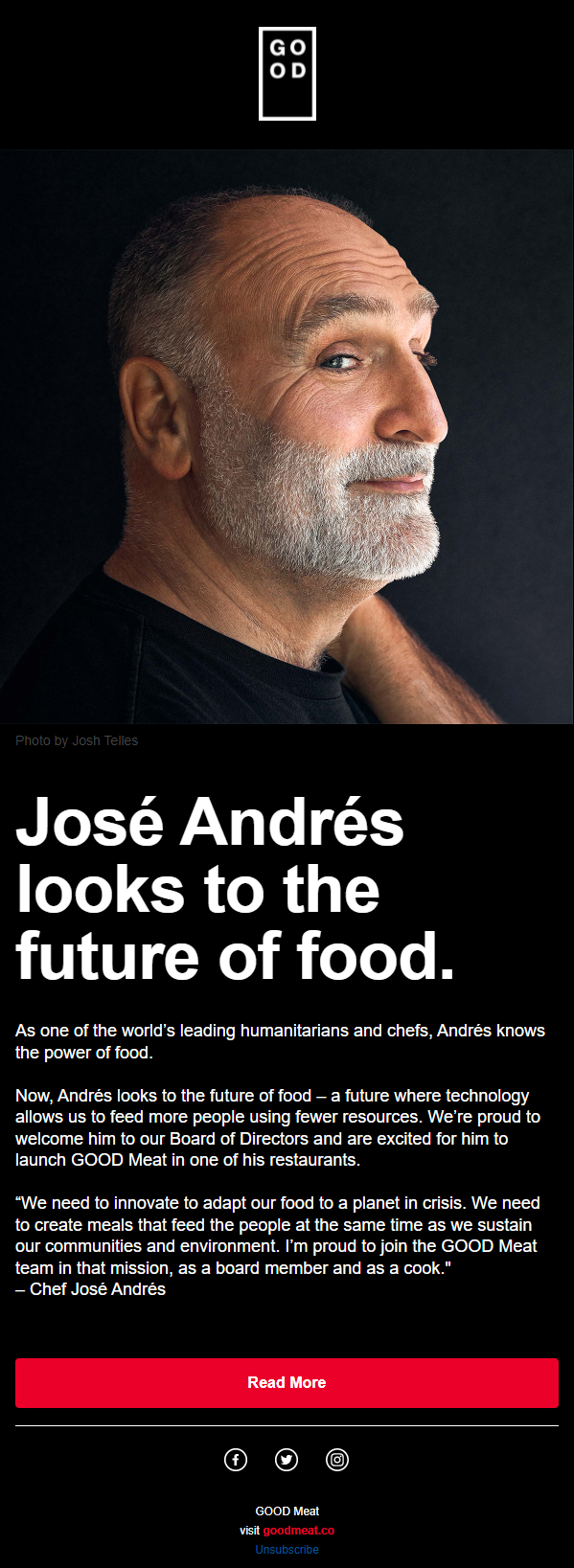Clocking an astounding 4.03 billion users all across the globe, it is no secret that email is the go-to marketing channel for businesses to stay in touch with their customers. And the reasons for its dominance are several:
- Email generates the highest ROI (return on investment) of all channels out there (3800%).
- It has the broadest reach.
- It is cost-effective.
- It allows you to implement personalization at scale.
- You get to exercise complete control over email, unlike social media channels that are owned by private, for-profit organizations.
However, not every email user tastes success with the same formula. A strategy that proves to be effective for one industry might fall flat on its face for another. It is important for businesses, hence, to identify the target audience they’re dealing with. At the end of the day, a brand’s email marketing strategies and campaigns are shaped by the nature of customers they are catering to.
Today, we’ll be discussing a host of proven email marketing practices for companies operating in the B2C space. But before we do that, let us understand the difference between planning for B2B and B2C.
What are the Differences Between B2B and B2C Email Marketing?
- The purchasing behavior of B2C customers is vastly different from their B2B counterparts. In B2C, the majority of sales are driven by emotions. As a result, your communication needs to revolve around your customer’s likes and preferences, their browsing behavior, and other related emotional triggers.
On the other hand, B2B customers are much more logical and rational with their purchases. They will only go ahead with a transaction after assessing its benefits and returns. So, in order for them to take an active interest in your offerings, you have to educate them about your product’s features and how it can address their pain points. You first need to establish a solid relationship with your customer before pitching your services to them.
- The buying cycle in B2B is much longer than B2C. This is because, unlike B2C here, the decision-making party is not a single individual. B2B think tanks either comprise a dedicated department or the heads of the relevant departments assembled together. B2B customers evaluate vendors and different offerings more rigorously than B2C customers, further prolonging the buying cycle. For this reason, while B2B marketers aim at nurturing clients over persistent drip campaigns, B2C folks focus more on generating conversions through campaigns that invite engagement and generate brand awareness.
- Email frequency is another significant difference between B2B and B2C companies. If you’re a B2B organization, you’d ideally want to establish a certain routine for your communications. Because lead nurturing takes priority in this case, ensure you share something valuable to your customers throughout the week- tutorials, industry insights, discounts, etc. This doesn’t mean you have to send them an email on all seven days of the week; just fix the days on which you intend to. B2C email marketers don’t have to worry about establishing routines, but that doesn’t make their work any easier. Here, the frequency depends on the timing of different events.
For instance, you’d want to spend a greater number of emails during the holiday season or in the days leading up to a new product release in comparison to the rest of the year. Additionally, in B2C, email frequency can go a long way towards determining engagement. A lot of subscribers opt out of brand newsletters and communications simply because they get put off by the sheer number of emails that come their way. This is why it is vital to include an “update preferences” link that lets your customers specify their email frequency themselves.
How Can You Ace Your B2C Email Marketing?
Crafting an effective B2C email marketing strategy can be quite challenging. However, if you keep the following techniques in mind, you will always stay on top.
Segment Your Lists
Thousands and thousands of promotional emails flood your customers’ inboxes on a daily basis. How do you ensure they open your email without fail in such a scenario? Easy. Be segmenting your list. Email list segmentation refers to the practice of dividing your contacts into different segments based on certain parameters such as age, occupation, location, likes and preferences, past purchases, browsing history, and position in the sales funnel. So, effectively, what segmentation enables you to do is send highly relevant messages to your subscribers, ones they can’t resist but interact with.
Besides, when you segment your lists, you can identify all the different buyer personas that interact with you. Subsequently, you are able to craft a unique message for every segment rather than sending the same message to all. Segmentation makes your customers look forward to your emails, lowering your unsubscribe rates and improving your brand reputation in the process. In fact, many brands these days are going one step ahead and introducing self-segmentation to their customers. Now, the subscribers themselves specify the subjects and topics on which they want to listen from you. How do they do that? With the help of email preference centers!
A rule of thumb while practicing email list segmentation- keep things simple. Though complex segmentations might seem attractive, they rarely justify the investment that is put into them in terms of both time and resources. Start with the basic parameters and should the need arise, add more along the way. And don’t be too rigid with your strategies. Segmentation criteria are, after all, shaped by the actions and behaviors of your subscribers. So, if there is any trend shift at their end, ensure your segmentation framework is flexible enough to accommodate the same.
Make Personalization Your Friend
Nothing will captivate the imagination of your customers (present and prospective alike) more than a well-crafted, personalized message. Sending them a message which makes them feel that it was written just for them will positively endear them to your brand. Amidst brands sending countless emails, personalization is the only way to cut through the noise and register yourself on your customers’ radar.
What’s more, with segmentation, email gives you the scope of implementing personalization at scale. So, look beyond addressing someone using their first name and start sending personalized messages that actually correspond to their buying patterns and browsing behaviors!
Take a look at this email from Cole Haan

Appeal To Your Readers’ Emotions
We’ve already said this- B2C sales are run by emotions. So it is important that your messages appeal to your subscribers’ emotions. Speak on topics that they care about, show them how they’re making a change simply by associating with your brand- basically, leave no stone unturned in resonating their thoughts and beliefs. The more emotional your arguments, the greater are your chances of driving conversions. B2C emails need not be as formally written as their B2B peers. A casual and informal tone will serve you better in B2C. Write your content in such a manner that it accurately conveys your brand personality.
Take a look at these emails for some inspiration.


Get Your Timing Right
Email timing plays a pivotal role in securing the success of your B2C email marketing campaigns. Doesn’t matter how clever your copy is and pixel-perfect your design; it will not fetch you the returns you desire if your emails aren’t sent at the right time to your subscribers.
Although timing is a subjective affair and varies a lot from one industry to another, various studies hint at the fact that weekdays in general register more email activity than the weekends. They suggest Tuesday as the best day of the week to send emails (followed closely by Wednesday). These reports claim that emails sent on Tuesday secure the highest open rates, ultimately paving the path for greater click-throughs and conversions. As per the time of the day, Mailchimp opines that the most ideal slot of the day for delivering emails is 10 AM – 12 PM.
Again, these general findings might not necessarily hold true for your business. To crack the sweet spot and understand what’s best for your target audience, you need to test out different days, times, as well as types of emails.
Wrapping It Up
With the above tips in your armor, we’re sure that you are pretty eager to put them to use for your future email marketing campaigns. And well, we’d be the last ones to stop you. Go ahead, put these techniques to practice, and create ripples with a winning campaign!




Rohan Kar
Latest posts by Rohan Kar (see all)
What Can Email Designers Pick Up From Web Developers?
Landing page design trends for 2022